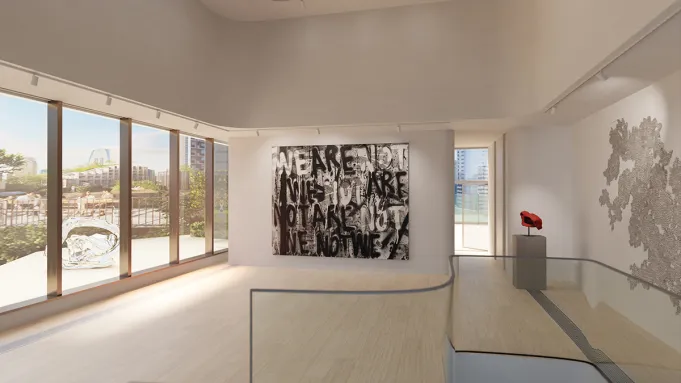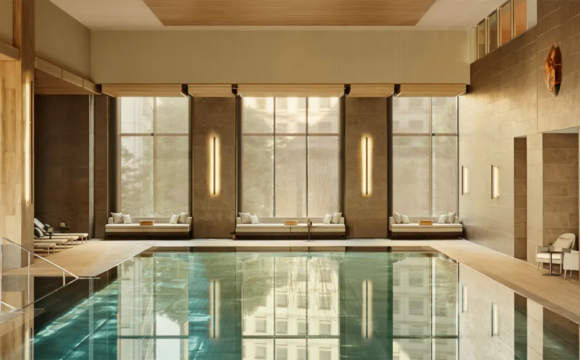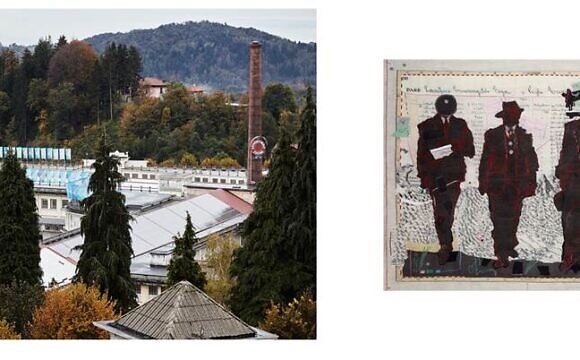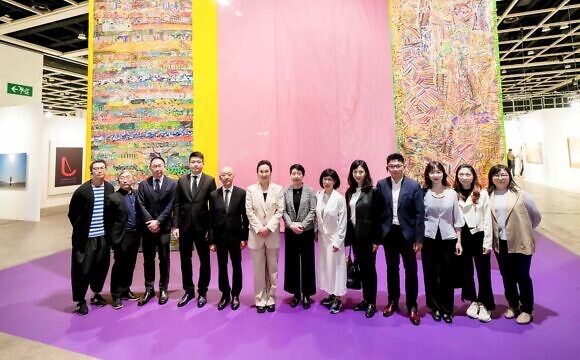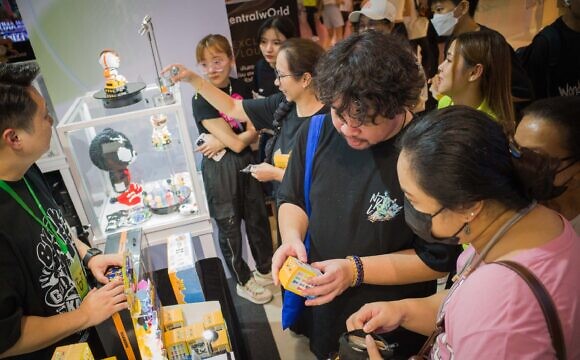Marc Glimcher ซีอีโอของ Pace ซึ่งเป็นแกลเลอรีขนาดใหญ่ที่ก่อตั้งโดยพ่อของเขา Arne ในปี 1960 ยอมรับว่าครั้งแรกที่เขาเสนอแนวคิดการเปิดสาขาโตเกียว ทีมของเขาร่วมกันตอบว่า “คุณบ้าไปแล้วหรือเปล่า?” Pace กำลังจัดการกับสถานที่ใหม่ใน L.A. และในโซล นอกเหนือจากสถานที่สำคัญแปดชั้นในนิวยอร์คและพื้นที่ในลอนดอน เจนีวา และฮ่องกง
สองปีให้หลัง Pace Tokyo เปิดตัวในเดือนนี้ที่ Azabudai Hills ที่ทันสมัย “ใครบ้างที่ไม่ชอบญี่ปุ่น?” เขากล่าว “ฉันบอกกับศิลปินของฉันว่า ‘ทุกคนที่ต้องการจัดแสดงนิทรรศการในญี่ปุ่น ยกมือขึ้น’ และมีมือประมาณ 120 มือยกขึ้น"
ขณะที่ฮ่องกงสูญเสียความเจิดจรัส ญี่ปุ่นก็กำลังเฟื่องฟู Blum เปิดที่นั่นเมื่อสิบปีก่อน และ Perrotin เปิดตัวในปี 2017 ความสัมพันธ์ระยะยาวของ Pace กับประเทศนี้รวมถึงการเป็นตัวแทนของดาวเด่นในประเทศ Yoshitomo Nara เริ่มต้นตั้งแต่ปี 2011
ดินแดนแห่งอาทิตย์อุทัยได้สร้างความฮือฮาให้กับโลกศิลปะมาก่อน ประเทศนี้พาดหัวข่าวด้วยการคว้าผลงานชิ้นเอกอันล้ำค่าในทศวรรษ 1980 ก่อนที่เศรษฐกิจจะล่มสลาย “สิ่งที่เกี่ยวกับญี่ปุ่นคือมันตอบสนองต่อความเครียดด้วยการแยกตัวอย่างรุนแรง” Glimcher กล่าว อ้างอิงถึงประวัติศาสตร์หลายศตวรรษของการกีดกัรคนนอก แต่เขาก็รีบเสริมว่าฉากศิลปะที่นั่นแตกต่างอย่างเห็นได้ชัดในปัจจุบัน “นี่คือคนรุ่นใหม่ นี่คือผู้ประกอบการที่กำลังเริ่มต้นคอลเลกชันและพิพิธภัณฑ์ ไม่ใช่บริษัทที่สร้างฐานสินทรัพย์ทางเลือก”
แกลเลอรีแห่งใหม่นี้ประกอบด้วยอาคารสามชั้น Thomas Heatherwick และศิลปินกลุ่มแรก – Maysha Mohamedi, Adam Pendleton และ Arlene Shechet – ต่างได้รับการยกย่องและเป็นที่ต้องการอย่างสูง ถึงจะยังใหม่สำหรับญี่ปุ่น “ฉันต้องเปิดตัวสามโชว์ของศิลปินของฉัน โชว์ที่พวกเขาไม่เคยได้ยินมาก่อน” Glimcher กล่าว “ฉันคิดว่าพวกเขาจะเข้ากับกับประเทศญี่ปุ่นได้ดี แต่ที่สำคัญกว่านั้น ฉันต้องการเขย่าโลกศิลปะของญี่ปุ่นสักหน่อย"
จากบทความโดย Julie Belcove

Courtesy of Pace Gallery
Marc Glimcher, the wisecracking CEO of Pace—the mega gallery founded by his father, Arne, in 1960—admits that when he first floated the idea of opening a Tokyo outpost, his team’s collective response was, “Are you out of your mind?" Pace was already dealing with a new L.A. site and an expanded one in Seoul, in addition to its eight-story New York flagship and spaces in London, Geneva, and Hong Kong.
Fast-forward a couple of years, and Pace Tokyo will bow this month in the city’s futuristic Azabudai Hills. “Who doesn’t love Japan?" he says. “I said to my artists, ‘Everybody who wants to have a show in Japan, raise your hand,’ and, like, 120 hands went up."
With Hong Kong having lost its luster, Japan has been on an upswing. Blum opened there a decade ago, and Perrotin arrived in 2017. Pace’s long-standing ties to the country include representing homegrown star Yoshitomo Nara since 2011.
The land of the rising sun has turned art-world heads before. The nation made headlines for snatching up priceless masterpieces in the 1980s before its economy imploded and collectors dried up. “The thing about Japan is it responds to stress with radical isolation," Glimcher says, referencing its centuries-long history of shunning outsiders. But he is quick to add that the art scene there is markedly different today. “This is a new generation. These are entrepreneurs who are starting collections and museums, not corporations making alternative asset bases."
The new gallery consists of three floors in a Thomas Heatherwick building, and the first artists up—Maysha Mohamedi, Adam Pendleton, and Arlene Shechet—are all critically acclaimed and in high demand, but new to Japan. “I wanted to hit them with three shows in a row of artists they’ve never heard of," Glimcher says. “I did think they were going to vibe well in Japan, but more importantly, I wanted to shake the Japanese art world a little bit."
From the article by Julie Belcove

